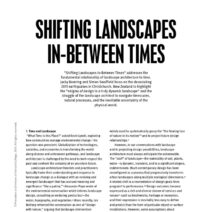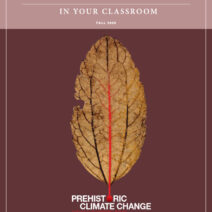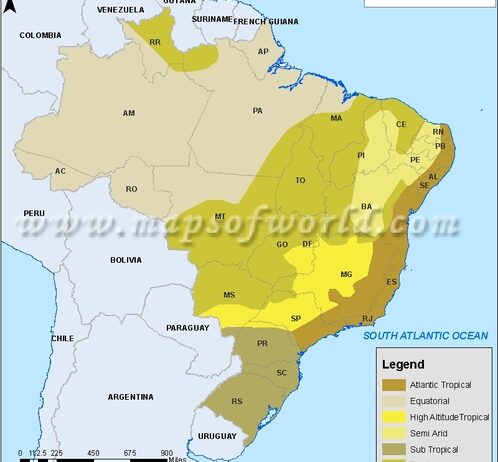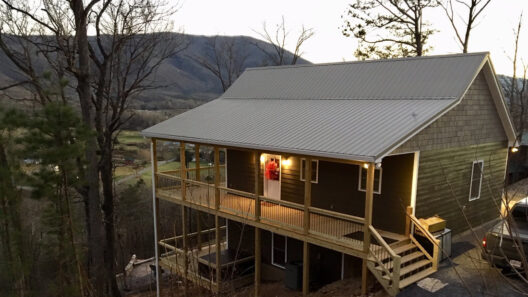Brazil, a vast and diverse land, stands as a kaleidoscopic tapestry of ecosystems, each interwoven with threads of climate that vary dramatically across its expanse. Nestled within this South American giant is an abundance of rainforest, a verdant spectacle that captivates the senses and embodies the delicate balance of nature’s design. Understanding the climate of Brazil is akin to deciphering a complex melody, where each note—each region—contributes to the harmonic resonance of the whole.
The predominant climate in Brazil is influenced by a myriad of geographical features, including the Amazon Rainforest, the Atlantic Forest, and the savannas of the Cerrado. The country’s climate ranges from tropical to subtropical, forming distinct zones that are shaped by the interplay of altitude, latitude, and proximity to the ocean.
The Amazon Rainforest, often referred to as the lungs of the planet, occupies the northern part of Brazil, enveloping approximately 40% of the country. This region is characterized by a humid tropical climate, where precipitation falls like clockwork, with the annual average soaring to over 2000 millimeters. The humidity here is perpetual, saturating the air and nurturing the verdant foliage. Rainfall patterns are indeed eloquent, with the wet season often monopolizing the months from December to May, while the dry season yields a transient reprieve.
As we traverse southward to regions such as the Atlantic Forest, the climate transitions subtly yet significantly. This forest, a biodiversity hotspot, experiences a mix of tropical and subtropical elements. The rainfall here is less predictable, dependent on seasonal shifts and the topographical nuances that dictate microclimates. In this rich tapestry, dry spells punctuate the otherwise lush landscape, leading to unique adaptations among flora and fauna—a remarkable testament to nature’s resilience.
Delving deeper into Brazil’s climatic zones, we encounter the semi-arid terrains of the Sertão, located in the northeastern sector. This area, unlike the verdant expanse of the Amazon, is a climate of contrasts. The rainfall here is sparse and erratic, often yielding drought conditions that can last for months, akin to a withering purse emptied of its vital coins. The climate’s severe austerity manifests in the resilient cacti and thorny bushes that populate the landscape, illustrating nature’s tenacity in the face of adversity.
Intriguingly, the Cerrado, a vast tropical savanna, exhibits a novel climatic characteristic—its dry season is as renowned as its wet. Characterized by grasslands and deciduous trees, the Cerrado is remarkable for its seasonal cycles. The dry months from May to September challenge the ecosystems, only to be revitalized by the torrential rains that bloom from October to April. Here, the soil, rich in nutrients, contrasts sharply with the parched veneer of the dry season, creating a fertile canvas for agriculture and myriad species alike.
Temperature is another critical component that underpins Brazil’s climate narrative. Across the northern tropics, average temperatures typically hover around 25°C to 30°C, fostering a tropical heat that invigorates the lushness of the Amazon. Once again, variation tinges the southern regions, where temperatures can dip to a chilly 0°C during winter months. Such diverse thermodynamic ranges support a plethora of ecosystems, with each organism finely tuned to its climatic niche.
Climate change, however, looms over this ecological paradise like a specter. The consequences of climate variation are increasingly palpable, affecting weather patterns, species migration, and even the rainforest’s vitality itself. The disquieting specter of deforestation exacerbates these issues, stripping the environment not only of its trees but of the intricate web of life they support. It is an urgent clarion call for awareness and action—a reminder that this rich mosaic of ecosystems must be vigorously protected.
The agricultural frontier, once fueled by the promise of prosperity, now impinges upon the heart of Brazil’s ecological wealth. The accelerating pace of deforestation for cattle ranching and monoculture crops, such as soy, poses profound risks to biodiversity, carbon storage, and indigenous cultures alike. It is akin to trading age-old wisdom for fleeting profit, disregarding the intricate relationships fostered over millennia in favor of immediate gain.
In contrast, initiatives to combat climate change in Brazil, such as protected areas, reforestation projects, and sustainable agriculture, embody hope. They represent a collective endeavor to rekindle the balance between development and conservation. Through innovative practices that embrace agroforestry and permaculture, Brazil can serve as a beacon—illuminating pathways to sustainable coexistence.
The climate in Brazil is not merely a scientific phenomenon; it is a living entity, a narrative shaped by geological epochs and species co-evolution. It is a mirror reflecting the intricate interplay between humans and nature. As the climate continues to evolve, we are called to be stewards of this extraordinary environment, nurturing its rich diversity and ensuring the echoes of its rainforests resound for generations to come.
Ultimately, the unique appeal of Brazil lies within its multifaceted climate ecology—a treasure trove of biological wonder. It beckons the world to marvel at its beauty, reminding us that the legacy of climate is not just in the data we collect, but in the stories told by the rivers, the forests, and the people who inhabit this mesmerizing land.








